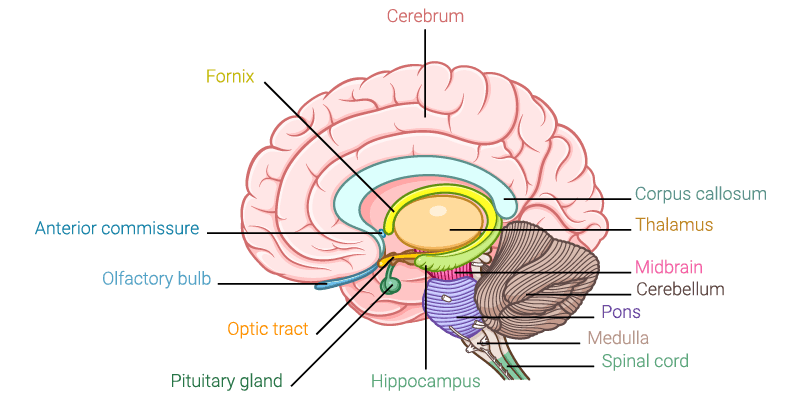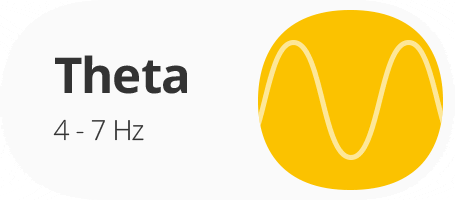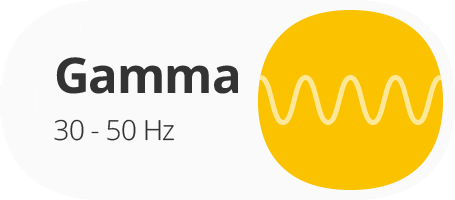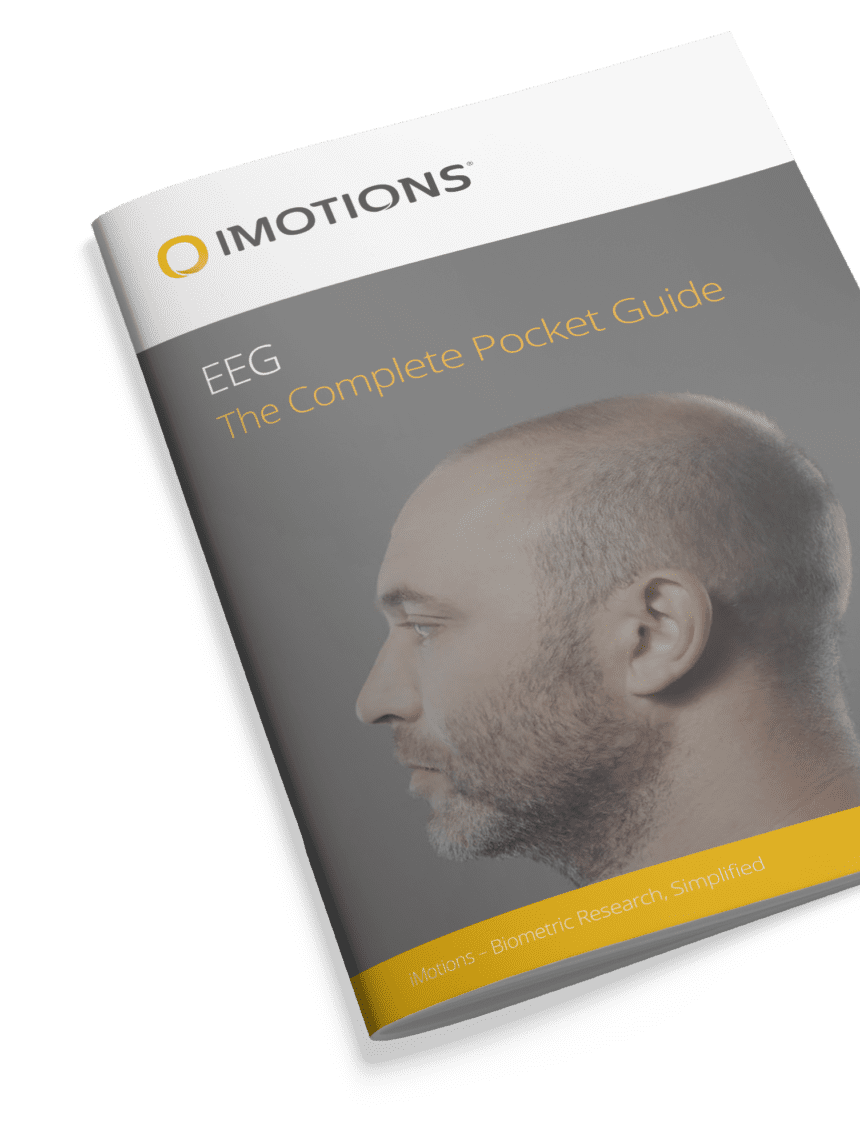Meditation reshapes the brain by increasing gray matter density in regions responsible for memory and emotional regulation. It enhances neuroplasticity, reduces amygdala activity linked to stress, and alters brain waves, increasing alpha and theta waves associated with calm and relaxation. Discover how meditation promotes mental clarity and well-being.
Table of Contents
Meditation has been practiced for thousands of years, but only recently has science begun to uncover its profound effects on the brain. Whether you’re new to meditation or a seasoned practitioner, understanding how it influences brain activity and mental well-being can deepen your appreciation for the practice. Let’s explore how meditation changes the brain, what happens during meditation, and the remarkable benefits it offers.
What Is Meditation?
At its core, meditation is a practice that involves focusing the mind, often on a particular object, thought, or activity, to train attention and awareness. While there are various types of meditation-such as mindfulness, transcendental, and loving-kindness-each form helps cultivate mental clarity, emotional calm, and concentration. But what does meditation do to the brain, exactly?
What Does Meditation Do to the Brain?
Meditation has a unique ability to influence brain structure and function. Research has shown that regular meditation can reshape the brain in several important ways. One of the most significant changes is the increase in gray matter density in areas linked to learning, memory, emotional regulation, and perspective-taking. This suggests that meditation might strengthen neural pathways involved in cognitive abilities and emotional well-being. Studies using MRI scans have consistently demonstrated these changes, showing that even short-term meditators experience growth in gray matter in regions like the hippocampus, which plays a key role in memory and learning (Hölzel et al., 2011).

Additionally, meditation promotes neuroplasticity, the brain’s remarkable ability to reorganize itself by forming new neural connections. By fostering this adaptability, meditation can improve problem-solving skills, increase mental flexibility, and enhance one’s ability to process emotions more effectively (Fox et al., 2014). Moreover, research highlights that meditation reduces activity in the amygdala, the brain’s fear center. The amygdala is primarily responsible for processing emotions like fear and stress, and with regular meditation, its activity diminishes, leading to reduced anxiety and a greater sense of calm (Kral et al., 2018).
Meditation and Brain Waves: A Deeper Connection
Another compelling way meditation affects the brain is through its influence on brain wave activity. Brain waves are electrical patterns in the brain that correspond to different mental states, from deep sleep to intense focus. During meditation, several changes in brain wave activity can be observed.

For instance, meditation is associated with a significant increase in theta waves, which are linked to deep relaxation, creativity, and intuitive thought. Theta waves often dominate in states of meditation, creating a deep sense of peace and mental clarity. Additionally, alpha waves, which correspond to calm and focused states of mind, increase during meditation. Alpha waves are particularly prominent when one enters a “flow state,” a mental state where tasks feel effortless and time seems to pass without notice (Davidson & Lutz, 2008).

Conversely, meditation tends to decrease beta wave activity, which is related to active thinking and problem-solving. When beta waves are too dominant, they are often associated with stress, anxiety, and overthinking. By lowering beta wave activity, meditation helps quiet the mind and promote mental clarity. Advanced meditators have also been shown to experience increased gamma wave activity, which is linked to heightened cognitive functioning, awareness, and compassion (Davidson & Lutz, 2008).

How Meditation Changes the Brain
The physical changes meditation brings to the brain are substantial and long-lasting. One of the most notable transformations is the thickening of the prefrontal cortex, the area of the brain responsible for higher cognitive functions such as decision-making, attention, and self-control. Studies have shown that individuals who meditate regularly tend to have a more developed prefrontal cortex, leading to better emotional regulation, decision-making skills, and improved focus (Lazar et al., 2005).
In addition to its effects on the prefrontal cortex, meditation has been found to shrink the amygdala, the brain’s emotional processing center. This shrinkage is associated with lower levels of fear, anxiety, and emotional reactivity. Essentially, by consistently practicing meditation, individuals are able to reduce the emotional “fight-or-flight” response, helping them remain calm in stressful situations (Tang et al., 2015).
Meditation also strengthens the hippocampus, the brain region critical for memory formation and emotional regulation. Research indicates that consistent meditation practice enhances hippocampal function, which in turn improves both short-term memory and emotional stability (Hölzel et al., 2011).
How to Measure Meditation with EEG
An effective way to measure the effects of meditation on the brain is through electroencephalography (EEG), which records electrical activity via sensors placed on the scalp. EEG is particularly useful for monitoring brain waves, making it a valuable tool for studying how different types of meditation affect brain function.
During meditation, EEG often detects increased alpha and theta wave activity, which are associated with calm and deep relaxation, respectively. In more advanced meditators, EEG may also pick up heightened gamma wave activity, linked to moments of deep focus and cognitive integration. Researchers often use EEG to assess the immediate effects of meditation on brain wave activity as well as to study long-term neural changes in individuals who meditate regularly.
EEG is a non-invasive and accessible method, often employed in clinical and experimental settings to explore the relationship between meditation and cognitive states. Its sensitivity to brain wave changes makes it an essential tool for understanding how meditation influences brain function in real-time.
The Benefits of Meditation
The benefits of meditation go beyond mere relaxation. By reducing stress and anxiety, meditation lowers cortisol levels-the hormone responsible for stress-which can have a ripple effect on overall health. Individuals who meditate regularly often report feeling more centered, less reactive to negative situations, and better equipped to handle challenges. Meditation also improves focus and concentration by training the brain to remain attentive for longer periods, which can enhance productivity and decision-making.
Additionally, meditation fosters creativity. Through its impact on theta waves, meditation can open up the mind to new perspectives and creative solutions. This is one of the reasons many artists and entrepreneurs incorporate meditation into their routines as a means to stimulate new ideas.

Finally, meditation increases self-awareness. By bringing attention to thoughts and emotions without judgment, meditators become more mindful of their internal processes. This heightened self-awareness can lead to better emotional intelligence and a greater sense of inner peace.
A Word of Caution on Meditation and Mindfullness
While mindfulness and meditation offer many benefits, excessive practice can sometimes lead to adverse mental health effects. Some research suggests that too much meditation can trigger anxiety, dissociation, or emotional instability in some individuals. Intense mindfulness practices may also result in heightened self-criticism or an overwhelming focus on negative thoughts. Balancing mindfulness with moderation is essential for mental well-being.
Conclusion
For most people meditation is much more than a tool for relaxation-it is a powerful practice that reshapes the brain, enhances mental well-being, and improves overall quality of life. From increasing gray matter density to altering brain wave activity, meditation’s impact on the brain is profound and far-reaching. By integrating regular meditation into your routine, you can harness these benefits and experience greater emotional balance, mental clarity, and a deeper sense of calm.
Whether you’re curious about how meditation changes the brain or interested in exploring the benefits of meditation for yourself, the science is clear: for many, meditation is a transformative practice for both the mind and brain alike.
References:
- Lazar, S. W., et al. (2005). Meditation experience is associated with increased cortical thickness. NeuroReport, 16(17), 1893–1897. DOI: 10.1097/01.wnr.0000186598.66243.19
- Hölzel, B. K., et al. (2011). Mindfulness practice leads to increases in regional brain gray matter density. Psychiatry Research: Neuroimaging, 191(1), 36–43. DOI: 10.1016/j.pscychresns.2010.08.006
- Fox, K. C., et al. (2014). Is meditation associated with altered brain structure? A systematic review and meta-analysis of morphometric neuroimaging in meditation practitioners. Neuroscience & Biobehavioral Reviews, 43, 48–73. DOI: 10.1016/j.neubiorev.2014.03.016
- Davidson, R. J., & Lutz, A. (2008). Buddha’s Brain: Neuroplasticity and Meditation. IEEE Signal Processing Magazine, 25(1), 176–174. DOI: 10.1109/MSP.2008.4431873
- Tang, Y.-Y., et al. (2015). The neuroscience of mindfulness meditation. Nature Reviews Neuroscience, 16(4), 213–225. DOI: 10.1038/nrn3916
- Kral, T. R., et al. (2018). Impact of short- and long-term mindfulness meditation on amygdala reactivity to emotional stimuli. NeuroImage, 181, 301–313. DOI: 10.1016/j.neuroimage.2018.07.013
Free 59-page EEG Guide
For Beginners and Intermediates
- Get a thorough understanding of the essentials
- Valuable EEG research insight
- Learn how to take your research to the next level













